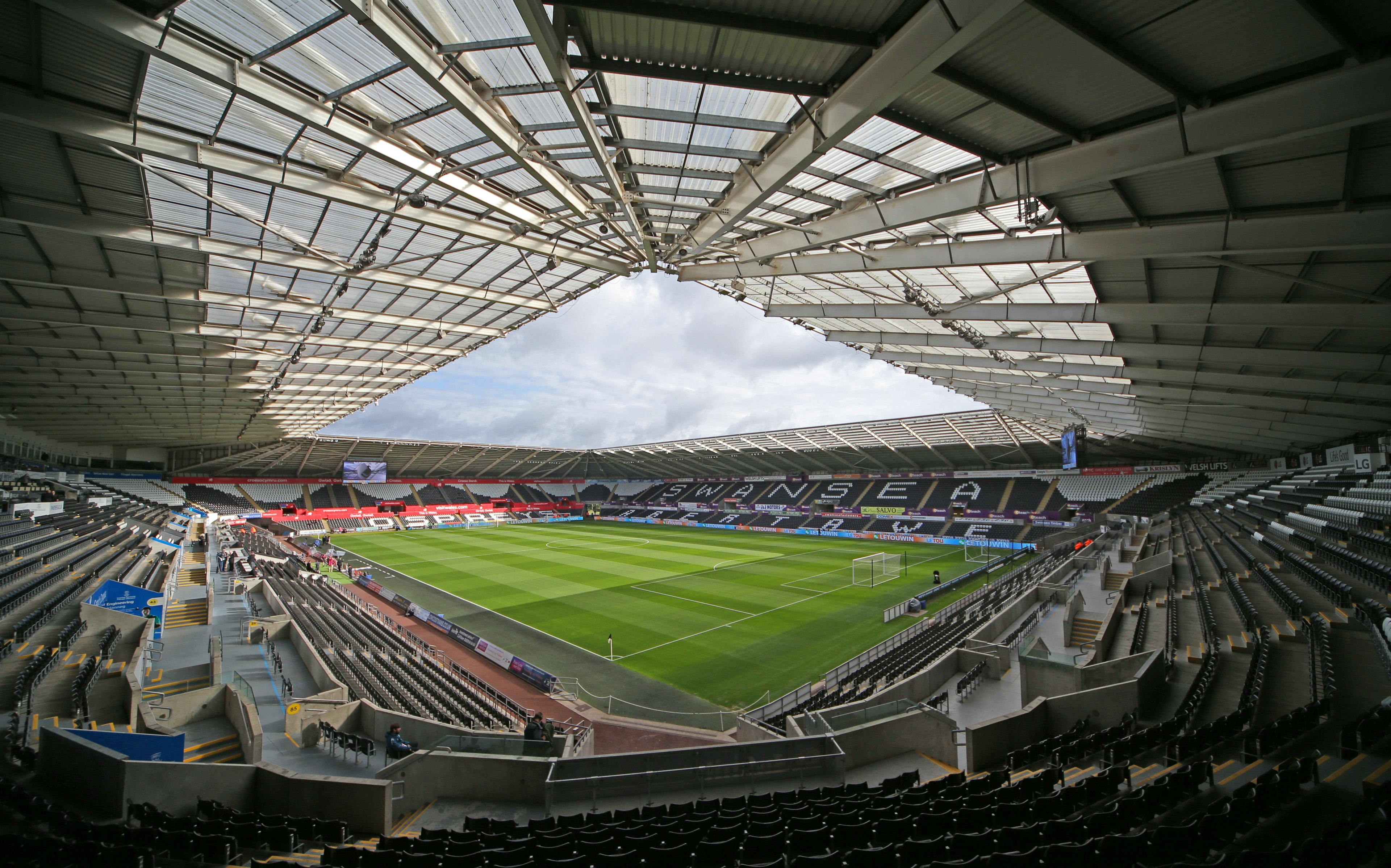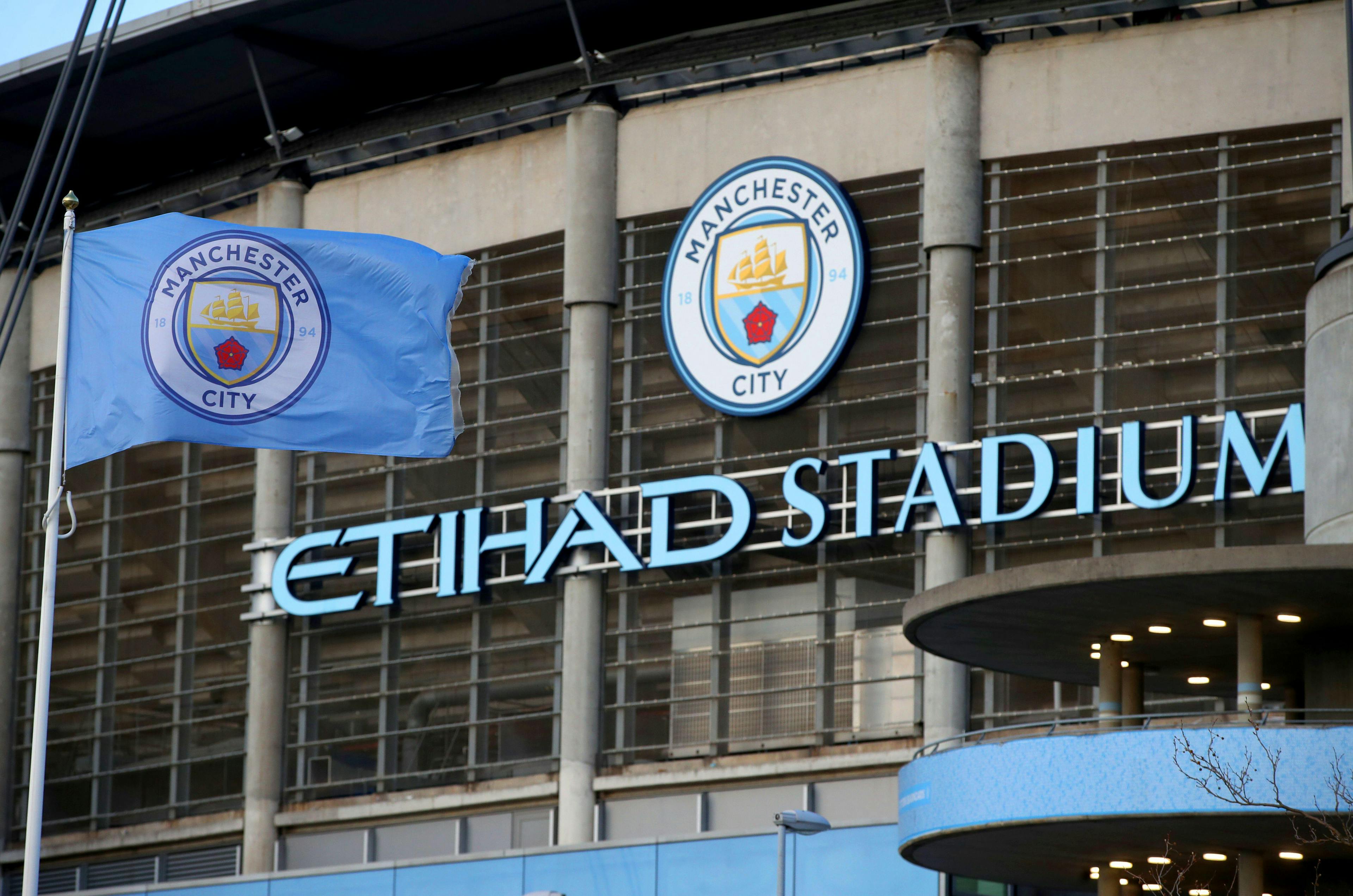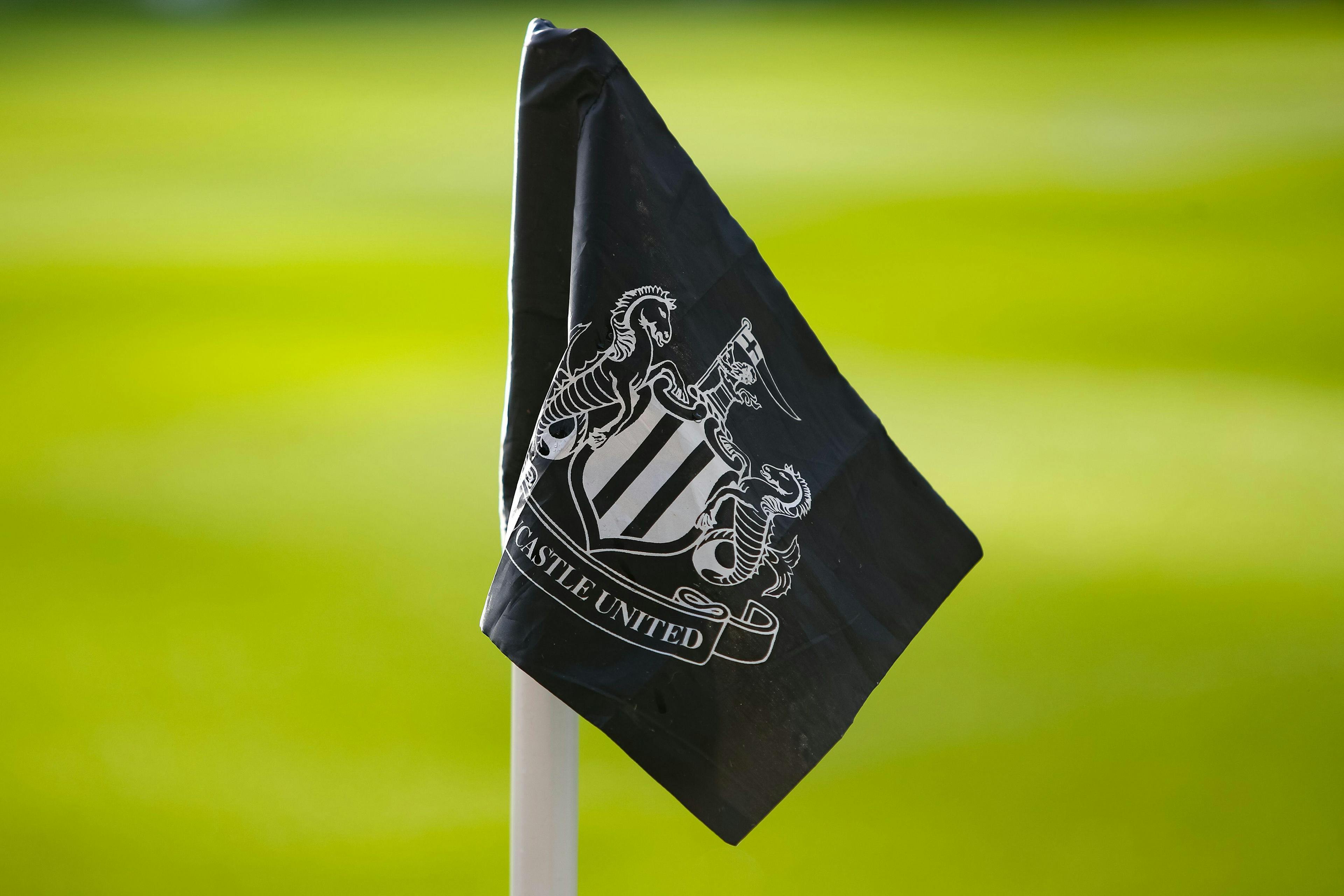In March 2022, Adidas announced the release of the 2022 FIFA World Cup ball, a truly revolutionary concept, as it has connected ball technology.
Adidas announced that the ball is called Al Rihla, with this term meaning ‘the journey’ in Arabic. The ball was designed as an example of how important sustainability is in modern-day society, as it was created with water-based glues and inks.
The ball technology itself will have a time-precise motion sensor in it that will be able to track every touch of a match at a rate of 500 times per second. The 500Hz inertial measurement unit inside the ball is set to enhance the use of VAR, as it has the capability to track ball movements and transmission to Video Match Officials within seconds. This it to help VAR decide on a decision when it comes to obscure touches.
This make a stark contrast to the 2018 Adidas Telstar ball that was used in the Russian World Cup, which was a tribute to Adidas’ first World Cup ball of 1970.
Memorabilia Monday: Adidas Telstar Jumbo Ball
— Classic Football Shirts (@classicshirts) January 20, 2020
This was actually released for 2018 World Cup in Russia and we have it in stock!
Get your Jumbo Ball here - https://t.co/ugfOrvA9DJ pic.twitter.com/bqioDY1zy6




